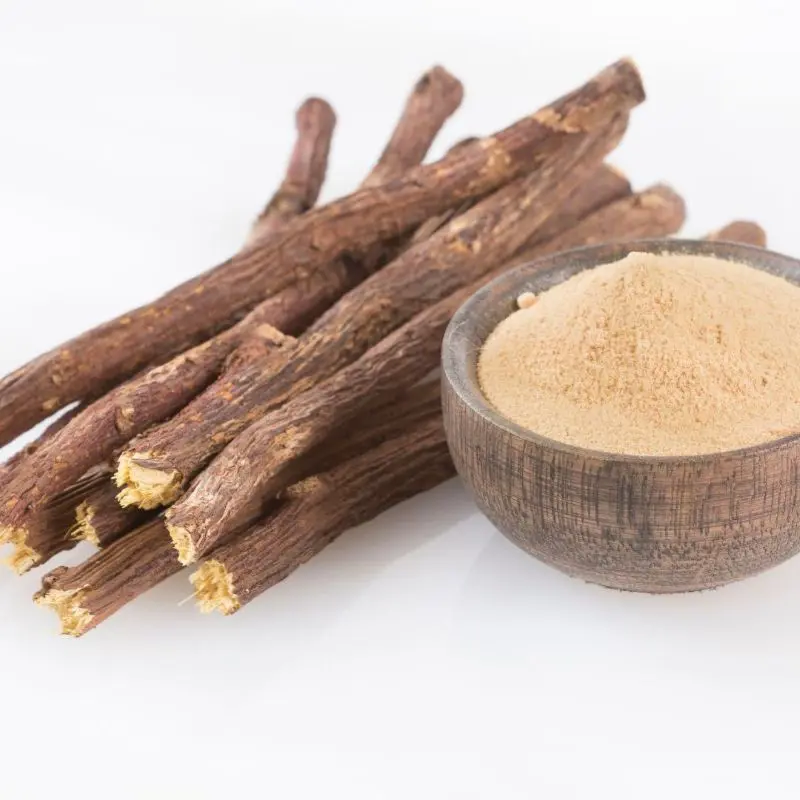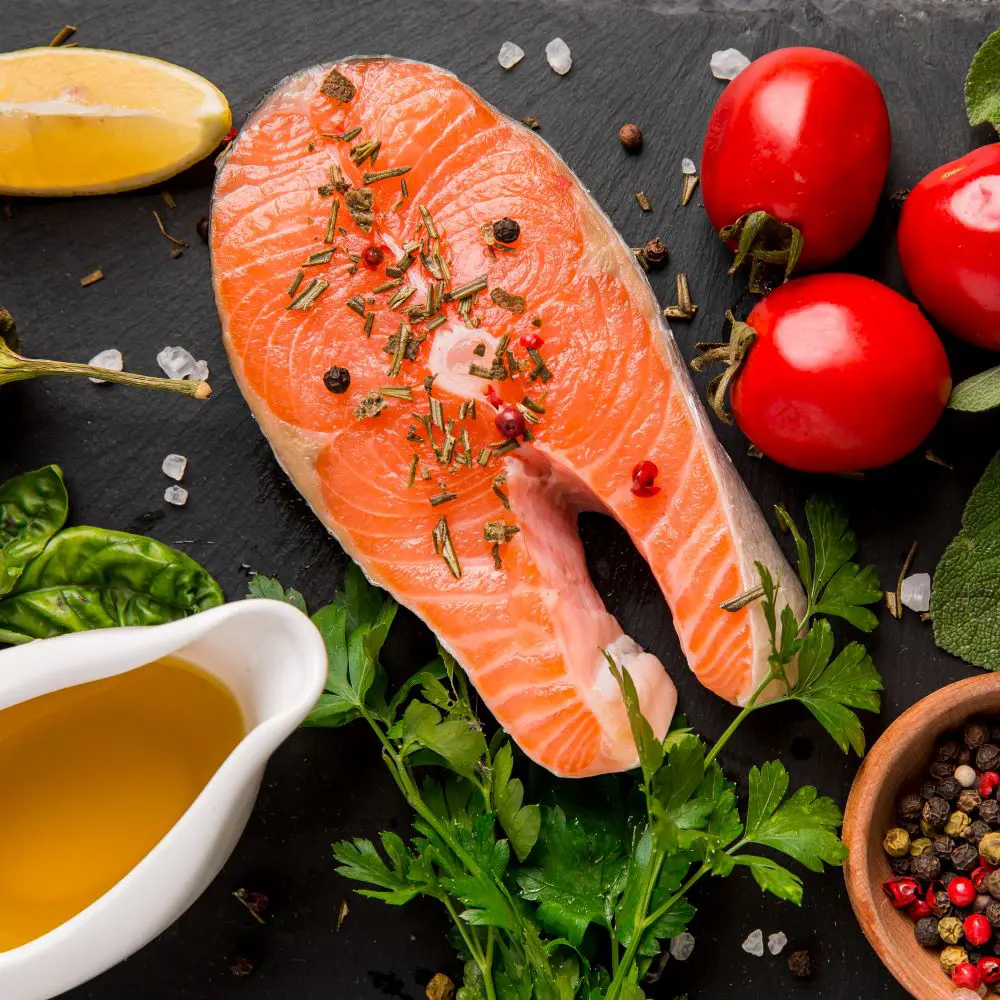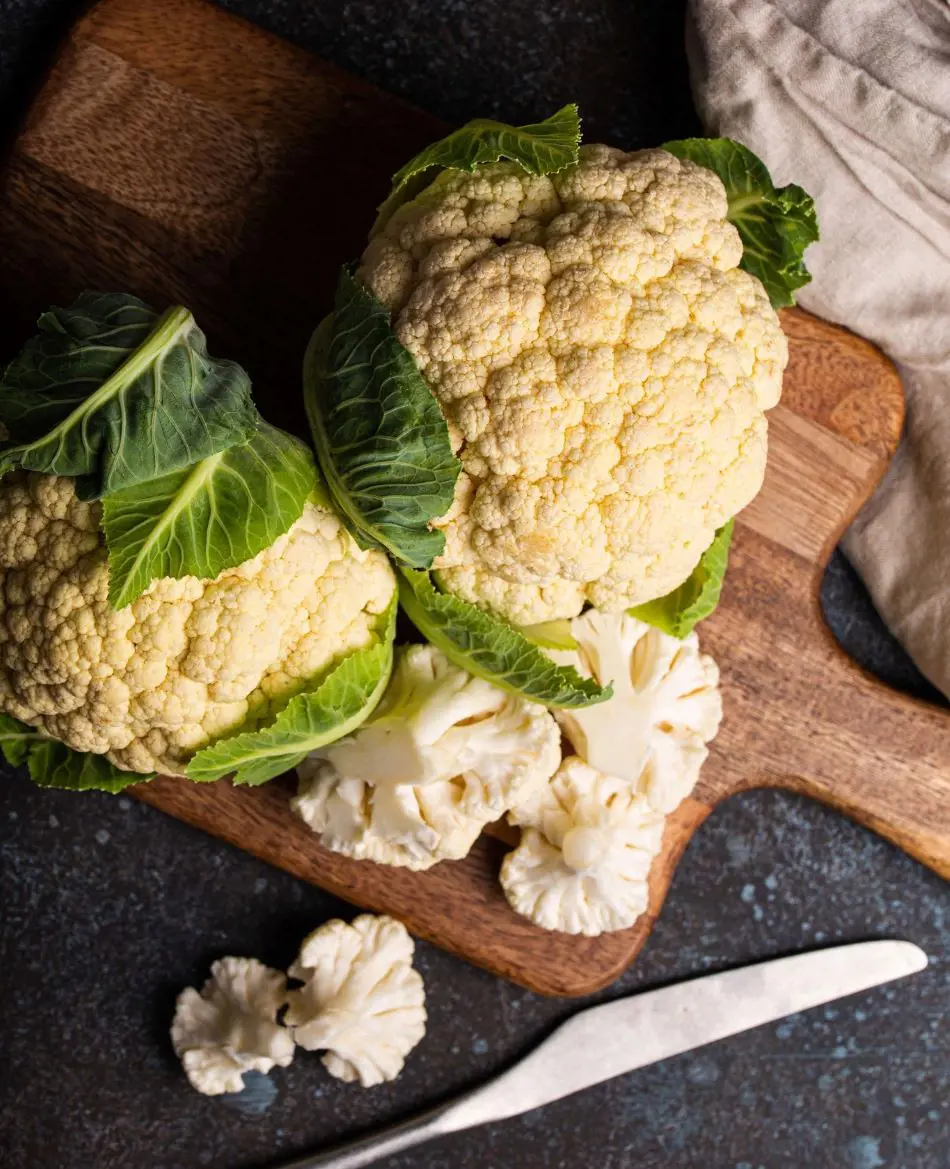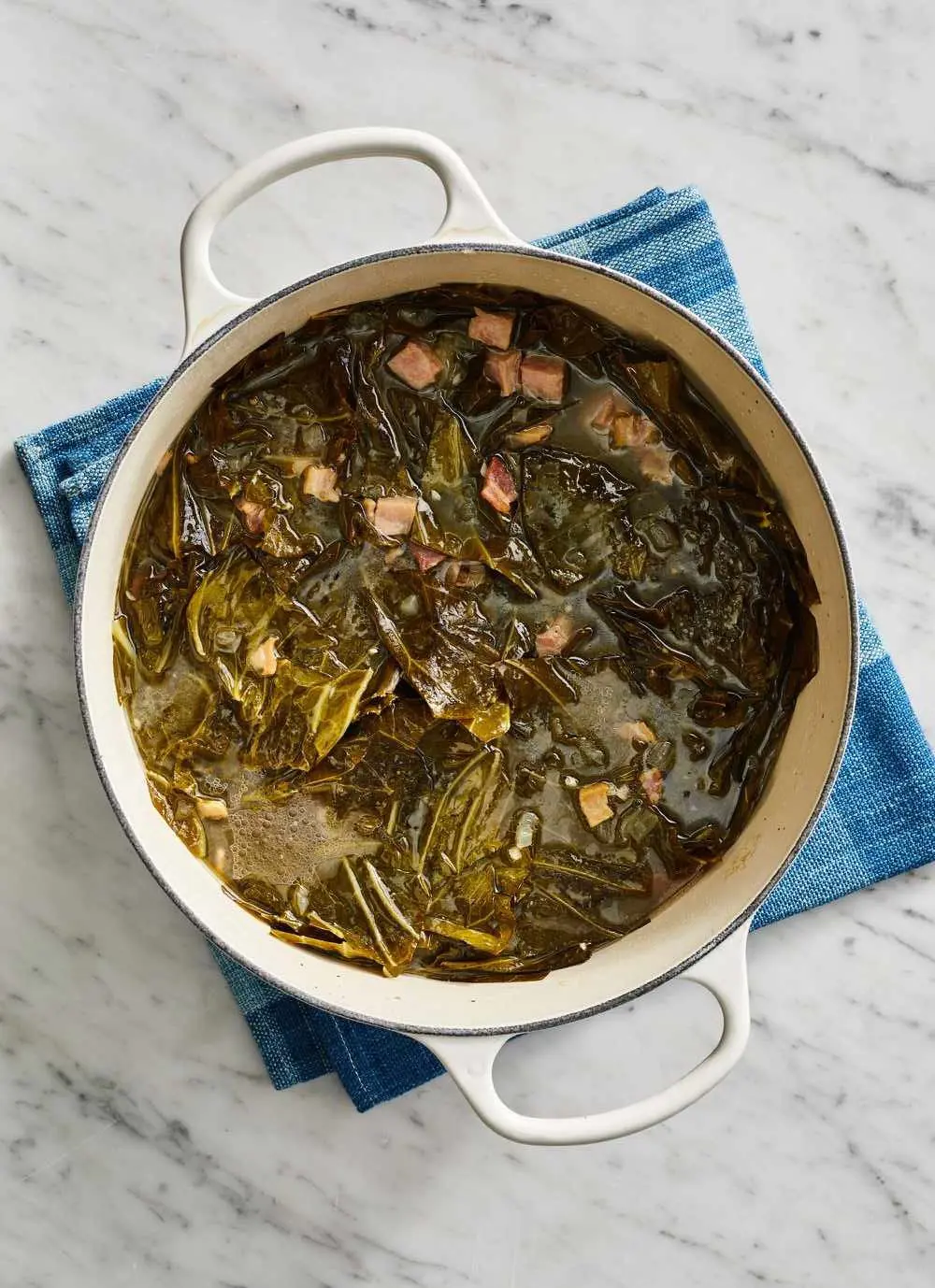17 Health Benefits of Paprika For The Body and Its Uses
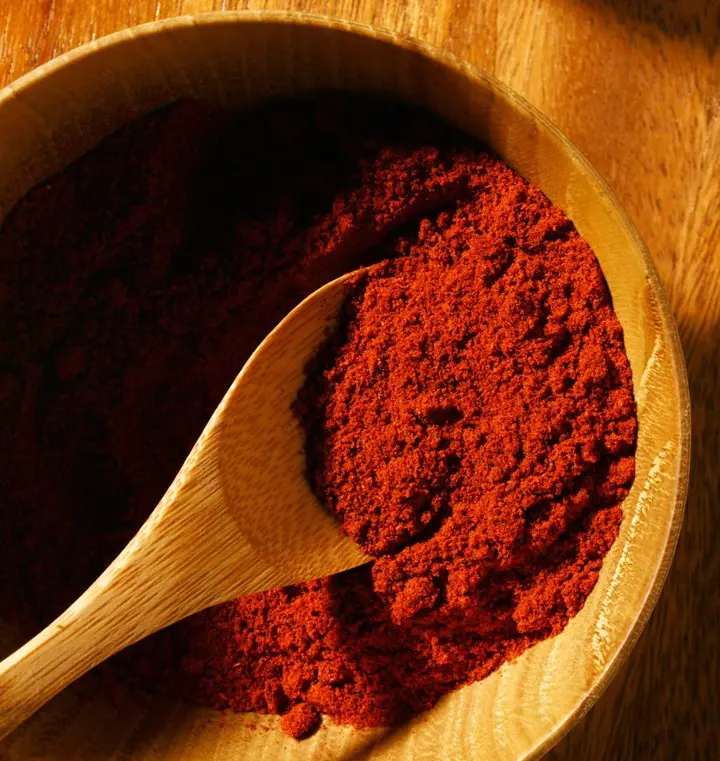
A red spice acquired from dry and ground peppers, paprika provides a unique combination of health advantages as well as culinary purposes. Paprika has much more than just taste or tint; in fact, this spice is a rich source of vitamins, minerals, and antioxidants.
Paprika contains important quantities of vitamin A, vitamin E, and iron that account for its contribution to the health playground. Other than assisting your body in keeping fit though, paprika is also a generic name used around the globe adding flavors to food.
We will look at 17 surprising paprika benefits followed by various ways it can be used in food preparation within the kitchen.
1. Anti-Inflammatory Properties
One of the primary agents that help in achieving anti-inflammation properties in paprika is capsaicin. Capsaicin reduces the production of specific enzymes or molecules causing inflammation. It reduces how much of pro-inflammatory cytokines are present which are signs of inflammation in the human body.
Also, paprika contains other chemicals that fight free radicals like vitamins A, C, and E making sure they do not contribute to swellings during injuries. So together they could potentially reduce cases related to swellings including arthritis as well as cramps from running too long.
2. Supports Eye Health

Rich in vitamin A and carotenoids, including lutein and zeaxanthin, paprika can boost eye health. Eye sight particularly in dark conditions relies upon vitamin A that keeps the retina healthy and prevents night blindness. The carotenoids in paprika are antioxidants that protect the eyes from free radicals’ effects and damaging blue light.
Furthermore, these compounds reduce the probability of acquiring age-related macular degeneration as well as blindness due to cataracts by intercepting harmful rays of light. Regular intake of this spice may thus aid in maintaining optimal vision together with the general betterment of eye well-being.
3. Rich in Antioxidants
Paprika is loaded with large quantities of antioxidants, which are substances aiding in the guarding of human biology against free radical assaults. Such antioxidants are Vitamins A, C, and E as well as carotenoids. Those vitamins reduce oxidative stress causing chronic illnesses like cardiac arrest or cancer.
Free radicals neutralization through the consumption of paprika also aids in immunity functions and promotes dermal vitality. For this reason, pepper should be a crucial dietary element for better health.
In addition to the antioxidants, paprika has a rich nutritional profile. One tablespoon of paprika contains:
- Protein: 0.9 g
- Fat: 0.9 g
- Saturated Fat: 0.1 g
- Carbohydrates: 3.7 g
- Dietary Fiber: 2.4 g
- Sugars: 0.6 g
- Vitamin A: 0.8 mg
- Vitamin C: 5.4 mg
- Vitamin E: 2.1 mg
- Iron: 1.6 mg
4. Boost Immune System

Paprika is rich in vitamins and antioxidants, particularly vitamin C, which is necessary for the production of white blood cells. Those cells are primarily known for defense against infections.
Paprika also has vitamin A that preserves the integrity of skin and mucous membranes, this makes it a critical ingredient in maintaining a healthy body. Similarly, paprika possesses antioxidants that protect our immune cells from oxidate stress caused by free radicals.
5. Improves Digestion
Paprika helps in digestion since it encourages the secretion of saliva and stomach acids, which are important for food breakdown and nutrient absorption. Capsaicin is one of the major elements that enhance the activity of enzymes involved in digestion giving it a boost. Also, it has fiber that holds normal pooping at bay to avoid constipation.
Additionally, it contains anti-oxidants that reduce inflammation in the intestines thus encouraging gut health. Regularly consuming paprika aids in maintaining a well-functioning digestive system.
6. Supports Heart Health
Paprika indicates heart care through numerous important minerals as well as compounds. The spice possesses capsaicin, which can decrease blood pressure through relaxation of blood vessels and improved circulation.
The spice is rich in other antioxidants including vitamins C and A. These carotenoid substances which prevent oxidative stress and reduce inflammation, are all known risk factors for heart diseases.
Besides, paprika’s fiber helps to lower cholesterol levels thereby decreasing chances of plaque development in the arteries. Together these functions lead to healthier heart health and lower chances of developing a cardiovascular disease.
7. Aids in Weight Loss

Paprika promotes weight loss in multiple ways. Due to its capacity to increase thermal energy output from cells, capsaicin boosts metabolic rate hence enhancing calorie burn-off. It also makes one less hungry thereby controlling food consumption levels.
The spice is low on calories with high dietary fiber content that ensures satiety hence preventing overeating. It further improves digestion therefore assisting in proper absorption of nutrients and regularity of bowel movements, particularly among constipated patients.
All these functions make paprika an important part of any weight loss program. Weight loss can be achieved by various mechanisms through paprika.
8. Enhances Skin Health
Paprika is a spice derived from dried red peppers. It helps to improve skin health by providing essential nutrients and antioxidants. Paprika is a rich source of vitamin C that is vital for collagen production which helps keep the skin young and elastic.
The yellow pigment known as beta-carotene found in paprika plays an important role in vitamin A production because that plays a major role in the turnover and healing of cells crucial for our skin’s health.
Additionally, its antioxidants block out ultraviolet rays thereby preventing premature wilting caused by free hydroxyl radicals accompanied by aging processes. It also plays an important role in reducing inflammation which aids in managing pimples thus giving us a clearer face complexion.
9. Promotes Healthy Blood
Paprika is a very useful spice in producing healthy blood because of its high iron and vitamin B6 content. Iron is important for making hemoglobin, the protein in red blood cells that carries oxygen around the body.
It helps to stave off anemia, characterized by fatigue and weakness since a sufficient intake of iron is necessary. Hemoglobin production needs this vitamin together with normal nerve function maintenance. In addition to that vitamin E, which protects blood cells from oxidative damage, is among the anti-oxidants found in paprika.
As a result, these nutrients work together to stimulate the production of healthy blood cells and maintain them. This ensures oxygen is optimally transported and human body remains lively at all times.
10. Anti-Cancer Properties

Paprika may have cancer-fighting properties because it has a lot of antioxidants in it such as vitamin C and beta-carotene or capsaicin. These compounds can help cells defend against oxidative stress and genotoxicity which can lead to cancer. Capsaicin has been found to prevent cell increase, by triggering programmed death (apoptosis), of tumor cells.
It also has anti-inflammatory capabilities that help lessen chronic inflammation which is a known precursor for some cancers. Thus, incorporating paprika into your diet regularly could deter the onset of cancer by promoting healthy cells and minimizing inflammation.
11. Alleviates Pain
Paprika is known for its pain-relieving properties because it contains capsaicin, a natural chemical that inhibits the pain signals to the brain. It reduces pain by decreasing the level of activity in selective nerve fibers that are responsible for sensation of pain. Thus lowering your levels of discomfort.
Additionally, capsaicin has anti-inflammatory properties. Inflammation is often linked to pain, particularly in circumstances such as arthritis and muscle injuries. By decreasing inflammation, capsaicin acts to reduce pain and enhance movement.
For local pain relief from arthritis, neuropathic pain, or muscle strains, topical creams or patches containing capsaicin are commonly used by people. The mild capsaicin content present in paprika when added to the diet can have systemic benefits thereby contributing to a management of overall pain and lessening discomfort.
12. Reduces Risk of Diabetes
Another significant health benefit of paprika is that it helps to reduce the risk of diabetes by several mechanisms. For instance, capsaicin found in paprika can promote better insulin sensitivity, which is essential when it comes to blood sugar level control. High insulin sensitivity implies that one’s body absorbs and uses insulin properly.
Therefore, it prevents sudden spikes in blood sugar. Antioxidants such as Vitamin C as well as carotenoids are among the other things that exist in this spice to help curb inflammation known for causing diabetes.
On top of that, fibers present in paprika help regulate the amount of sugar in the bloodstream by slowing down how fast carbohydrates are digested. This means that if you eat this spice regularly, it may assist your body with regulating blood sugar levels as well as prevent you from getting diabetes.
13. Improves Respiratory Health

Although it is mainly famous as a spice with flavor, paprika presents possible advantages for the respiratory system. This is largely due to its rich nutritional composition containing vitamins, minerals, and antioxidants among other substances.
Also present in paprika is Vitamin A which boosts immunity against upper respiratory infections. The anti-inflammatory properties of these compounds have been found to relieve irritated respiratory tracts thereby reducing congestion. On the other hand, capsaicin which gives paprika its hotness can eliminate excess mucus from air passages. These effects enhance breathing techniques that use inhalers in patients suffering from asthma.
Finally, because of potential dietary changes, everybody including those who have had pre-existing lung disorders should consult their physician first before consuming them.
14. Boosts Mood
Paprika is mainly acknowledged for its kitchen use, yet there is an increasing interest in the possibility that it can elevate moods. The evidence is still evolving, but there are various reasons why it may contribute to our mood.
To begin with, paprika has several vitamins and minerals which are essential for obtaining good health generally. For instance, vitamins B6 and B9 found in paprika help regulate moods. Furthermore, the spice contains antioxidants that counteract the oxidative stress often associated with mood disorders. These nutrients operate together to create a beneficial environment for the brain.
Moreover, a bright-colored snack can significantly improve someone’s dining ambiance leading towards an enhanced sense of satisfaction with life.
15. Supports Bone Health

Paprika is well known for its ability to enhance the taste hence much of its popularity. However, there are some positive potentials for our bones. Calcium, magnesium, and phosphorus are some of the vital minerals found in paprika which form the bones' hard core structure. This spice also has vitamin K which is crucial for bone metabolism.
Calcium and magnesium are both indispensable trace elements for acquiring bone framework. Paprika also contains both. To be more specific: Calcium is the major component of bones whereas, magnesium contributes to its assimilation and metabolism aiding in the actual utilization of this mineral by our bodies. When used together these substances assist normal growth and upkeep of sturdy bones.
Moreover, paprika consists of carotenoids that act as antioxidants helping to keep stronger bones integrity. Research has shown that foods containing high levels of carotenoids may help to retain good bone density.
16. Enhances Brain Function
Paprika employs several essential elements that aid brain performance. It contains vitamins B6 and E, which are essential for healthy brain functioning.
Vitamin B6 assists in synthesizing neurotransmitters, supporting mood control and cognitive activities. Vitamin E on the other hand is an anti-oxidant that protects brain cells against oxidation damage stressed by oxygen.
The iron found in paprika facilitates oxygen transportation to the brain and thus helps maintain good general brain health and function as well. Brain blood circulation may also be improved by capsaicin, thereby increasing memory performance levels as well as mental lucidity levels.
17. Regulates Blood Sugar Levels

Paprika regulation of blood sugar levels is possible because it contains capsaicin as its primary ingredient. Based on research, capsaicin can help the body respond better to insulin, hence consuming less of it in turn making blood glucose level relatively low.
Capsaicin also reduces oxidative stress associated with insulin resistance because it has some antioxidant and anti-inflammatory qualities.
Therefore, for those controlling diabetes or maintaining stable glucose levels, this spice could be beneficial. Since it promotes insulin function resulting in fewer complications associated with diabetes mellitus. As a result, it may lead to improved glucose management when added to one’s diet.
Uses of Paprika
Paprika serves a variety of purposes, thanks to its rich color and taste. It is prepared from dried and powdered red chilies, which come in sweet, smoked, or hot forms. Some of the uses of paprika are given below:
1. Seasoning for meats
Paprika is the spice that adds to the flavor and appearance of meats. The taste of paprika can be sweet or even woody. When paprika is put on meat as a marinade or dry rub, it gives the meat an additional savoriness. Be it beef steak, chicken, or pork, paprika makes everything look and taste better.
2. Garnish
In various foods like deviled eggs, potato salads, hummus, and creamy soups it’s used as toppings for its much-needed appeal. The bright red color makes the visual presentation more dynamic even though there is no significant difference in their flavors due to less pungency.
Depending on the kind you chose, Paprika might give a hint of smokiness or gentle heat apart from giving it a good look.
3. Spice Blend
A pinch of paprika can make any dish taste great, look enticing, and even give it some mild heat. Among the several traditional spice mixtures that contain paprika include chili powder, curry powder, and barbecue rubs.
Nothing enhances the overall taste of dishes than a mixture of spices like paprika with cumin, and garlic powder. The red hue contributes to making these spices more pleasing when they are put on food.
Recent posts
Nutrition
Nutrition
Licorice Root: Benefits And Uses
You can spell it liquorice or licorice; this herb or root has been in use for centuries in most medicinal applications, as a natural sweetener and to enhance flavors. Regarding its origins, it comes from the root of the "Glycyrrhiza galbre" plant and...
Nutrition
Is Salmon Good For You? Nutritional Facts and Benefits
Salmon fish is a staple diet throughout the world, popular as a super food for its nutrients. Whether savored in sushi, poached, grilled, roasted, or pan-fried, salmon offers minerals and vitamins that contribute to healthy bodily functions. In addit...
Nutrition
25 Smoked Salmon Recipes That You Will Enjoy
Salmon is a silver-colored fish that is loaded with many nutrients, vitamins, and omega-3 fatty acids. Smoked Salmon is better for improving your health and reducing the risk of cancer, heart-related diseases, fights inflammation, reduces anxiety and...
Nutrition
Are Sausages Healthy? Nutrition And Health Benefits
Sausages are tasty in an addictive way, making them one of the most popular foods worldwide. You may have enjoyed this convenient food often, whether on a bun with mustard or grilled on a barbecue, the simple preparation methods are what makes its co...
Nutrition
20 Vegetables That Are Rich In Iron
Iron is essential for our bodies to function well. When we don't get enough iron, we often feel weak and tired. It's important to address iron deficiency early by eating the right foods. Fortunately, many vegetables are rich in iron and can help prev...
Nutrition
15 Cauliflower Nutrition Facts And Health Benefits
Cauliflower, a cruciferous vegetable, resembles a white variation of its relative, broccoli. Like broccoli, it has closely bunched florets attached to a thick core, often surrounded by a few leaves. While white is the most common color, cauliflower i...
